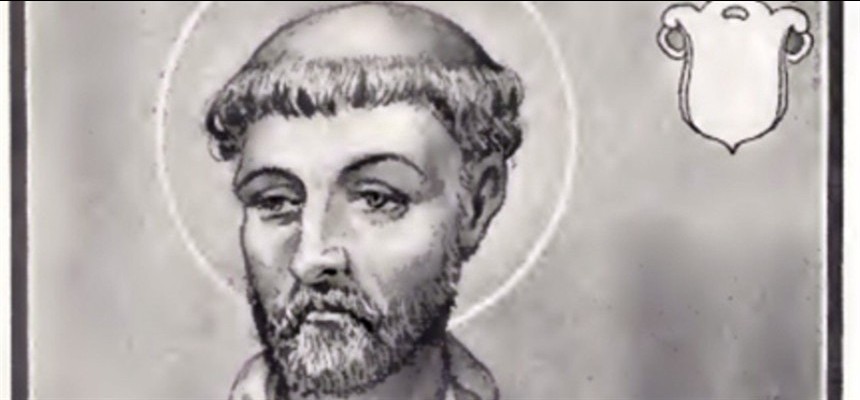
Our eighth pope was Hyginus. As is typical of the Roman Church in the mid second century, Hyginus was more likely one of a number of presbyters as opposed to a stand-alone governor. The dates are unsure, but he was in charge from the time of Telesphorus’ martyrdom in the first year of Emperor Antonius Pius’ reign and, according to Eusebius, in his “Ecclesiastical History”, as well as Ireneus’ listings, he remained in that position for four years.
It appears that Hyginus was from Athens, his name meaning wholesome or healthy. How old he was when he came to Rome is unknown. He is said to have been a philosopher, although that cannot be verified. But, a knowledge of philosophy was exactly what was needed by the Church by that time.
Gnosticism was invading Rome. The appearance of these non-orthodox preachers does indicate that the city was becoming a center of thought for the new Church, although Asia Minor was still predominant.
Valentinus, the famous gnostic, came to the city and had some success teaching his Oriental brand of superstition, esoteric knowledge and metaphysical imaginings. The typical gnostic teaching said that there were two Gods, one of the Old Testament, mean, cruel, full of vengeance. The other was the loving God of the New Testament, the Father of the Son, Jesus. Valentinus survived Hyginus only to antagonize the next two popes.
Cerdo, another gnostic preacher, was chastised by the Roman presbyters and Polycarp, Bishop of Smyrna. He eventually repented of his teachings and was welcomed again into communion with the Church. It, apparently, was a false repentance, and Cerdo again began his false preaching. This time he was excommunicated. The activities of the gnostic communities probably took up most of the few years that Hyginus was in Rome. Gnosticism is no longer a problem in the Church.
Saint Hyginus is said to have regulated the gradations of rank among the clergy, made Easter on a Sunday in the western Church and introduced the custom of having godparents for infant baptisms. It is likely that Easter Sunday became more regulated during this time. However, it is not likely that the other two occurred at such an early time in the Church.
In such a dangerous world, Hyginus may have been martyred, or he may have died of ulcers from dealing with the gnostics. At any rate, he died after just a few years and is said to be buried on Vatican Hill, near St. Peter.

Recent Comments